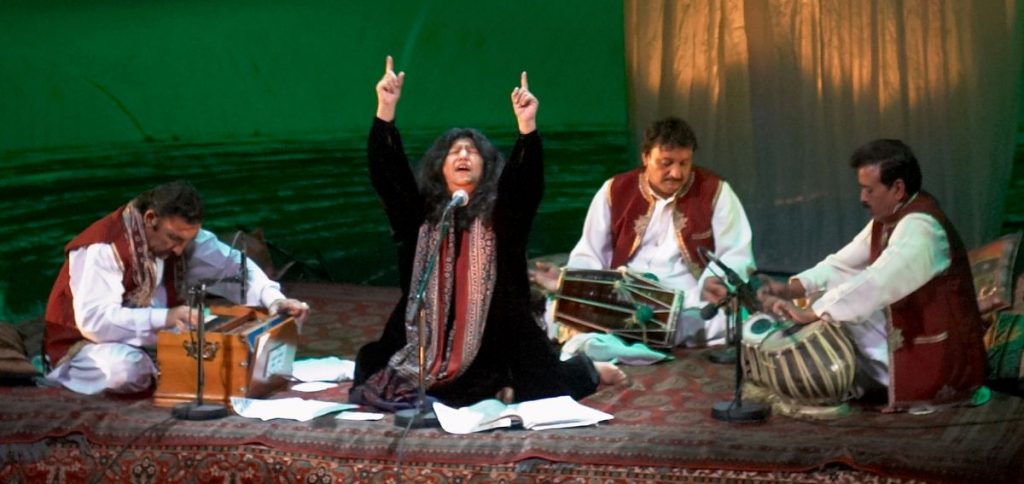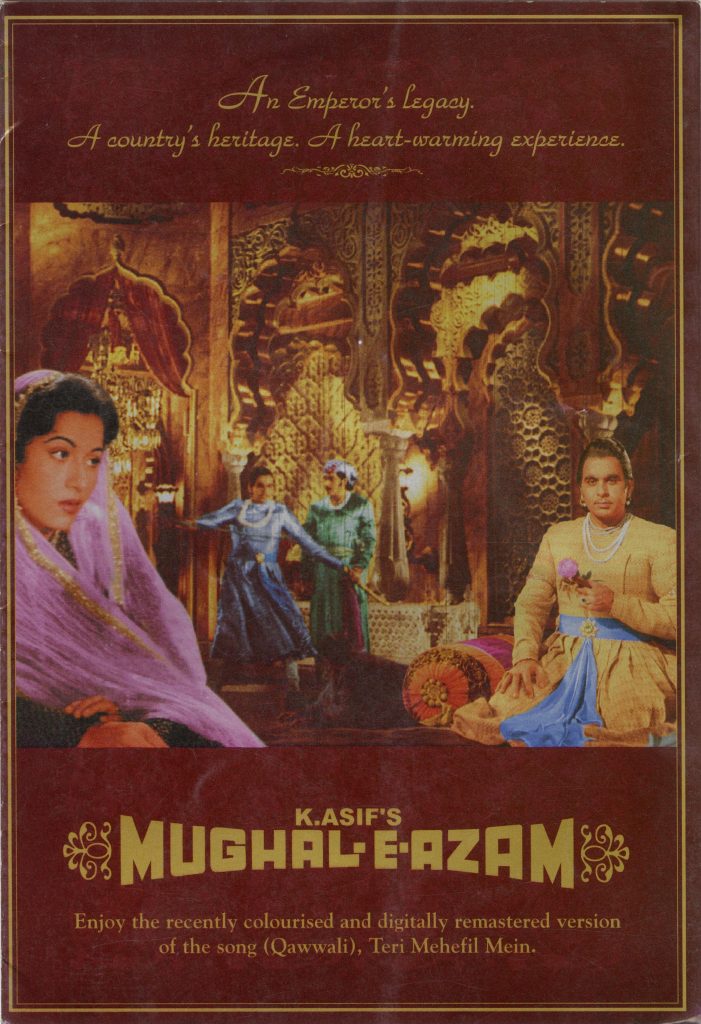Blogs
Transcending Barriers, Uniting People: Sufi Music in India
Harshita Murarka
An inquiry into the origins of Sufi music – one of the most celebrated music traditions with a loyal following across generations and cultures.
Music compositions such as tajdar-e-haram, chaap tilak, and khwaja mere khwaja (Jodha Akbar, 2008) have managed to entrance generations of music lovers because of the profound impact they have on their listeners. With few distinctions, these compositions can be broadly classified under Sufi music – a genre of music that has a loyal following across generations and cultures.
Though these songs are now interpreted in myriad ways given the influence of popular culture, the original compositions were bound by the doctrines of Sufism – union with God. But do you know the origins of Sufi music – one of the most celebrated music traditions?
Sufi music has roots in several cultures because the Sufis were mystics who travelled from one place to other with stories and folklores, in the process making the musical form richer through cultural assimilation. In Turkey for instance, Sufi music is about a symphony between music and dance with the ‘whirling dervish’ being one of its defining images. Similarly, the tradition took a different form in South Asia.

Mevlevi “Whirling” Dervishes by Linda Vartoogian, 1994, Pigment print, PHY.02214, Courtesy of The Deepak Puri Collection
The rise of Sufi music in the Indian subcontinent dates back several centuries with the Qawwali – the most prominent form of Sufi music – being introduced around the 12th century in the country, coinciding with the rule of the Delhi Sultanate. Sufi music soon spread its wings from the royal corridors of powers to the humble alleys frequented by common people because of its simplicity, inclusivity, and meditative nature. It was credited as one of the ways through which rulers were able to connect with the common people.
Amir Khusro has been widely credited as popularising this form of music as we know it today by blending elements of Persian Sufi music with the already rich heritage of Indian music. The synthesis of various cultures and traditions has led to Sufi music’s evolution into an art form that best symbolises India’s ganga-jamuni tehzeeb, music that transcends barriers of faith, religion, gender, and nationalities.

Noted Sufi singer Abida Parveen during a performance
Despite dating back centuries, the popularity of Sufi music has remained intact because of practitioners of the form like Ustad Nusrat Fateh Ali Khan who contributed immensely to the genre by creating one beautiful rendition after the other. In fact, many of the qawwalis that we are exposed to today through Hindi cinema are all renditions of Nusrat Fateh Ali Khan’s compositions that had the entire world in a trance and not merely South Asians.
Hindi cinema’s first tryst with the Qawwali, however, dates back to the 1940s with hits like teri mehfil main kismat (Mughal-e-Azam, 1960) still fresh in the memories of cinelovers. Though Bollywood remains to be one of the foremost disseminators of Qawwali in India, several qawwals sustain themselves by performing in the Sufi shrines, such as Dargah of Sufi saint Nizamuddin Auliya in Delhi and Khwaja Moinuddin Chishti in Ajmer, situated across the country. This tradition of the mehfil-e-sama (assembly for listening) attracts thousands to these dargahs who come to connect with the divine sans any boundaries of religion and faith.

Mughal-E-Azam, 1960, Lithograph on paper, POP.10343
It is noteworthy that the genre has evolved keeping up with the changing times and audience sensibilities. While it has soaked in elements of modernity, it has retained its spark and spiritual appeal. This perhaps explains why Sufi music enjoys unparalleled popularity across the globe.
Watch MAP’s second edition of the digital festival Art is Life: SoundFrames here, which premiered from 3-5 December, 2021 and enjoy modern Sufi performances by the famous mother-son duo, Kavita and Kanishk Seth, and a Qawwali performance by Niazi Nizami brothers.
Harshita Murarka is a freelance writer and communications professional based in Delhi. You can find her on Twitter: @HarshitaMurarka.








